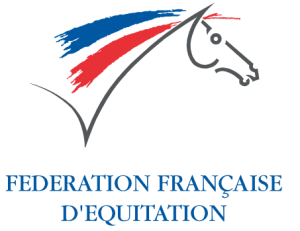Document type: News item from the French Equestrian Federation
Author: Fédération Française d'Equitation
Preview: Since 2019, the FFE has offered members involved in labeling initiatives the opportunity to be assessed for the award of the animal welfare label. This label recognises the steps they are taking to optimize the welfare of the horses in their care. With over 2,000 participants already signed up, this label has just raised its standards even further. At the suggestion of the FFE's Animal Welfare Commission, it has revised its evaluation grid, with the changes coming into effect on September 1, 2023.
What is the Animal Welfare label?
It's an added value label to advertise the fact that certified establishments have also chosen to adopt a progressive approach to animal welfare. Through it, the FFE hopes to support pony clubs and riding schools in their efforts to go above and beyond the legal requirements on animal welfare.
Find out more
To fulfil the drive for continuing improvement, the assessment grid for the certification will be changing this autumn. The aim is simple: to enable clubs to gradually improve their skills in the essential realm of animal welfare.
Changes for a continued upward trend in animal welfare standards in pony clubs
To increase the precision of the criteria, some have been renamed, others have been subdivided to form several separate criteria, while a new criterion has been introduced that involves assessment of "the intensity and duration of activities that are adapted to horses' individual profiles". Meaanwhile, further details have been added to the "feed" category that concern, in particular, the quality and quantity of distributed forage.
The new version of the evaluation grid contains 16 criteria grouped under 6 themes:
- required procedures,
- horse management,
- health and cleanliness,
- feed,
- accommodation,
- behavior & safety.
For most criteria, an example is given of an uother small companion animalsceptable situation that automatically results in the rejection of applications for the label. The various criteria have also been weighted according to how direct their impact is on welfare. They include indicators measured directly on the horse, environmental parameters with a direct impact on welfare, and environmental parameters with a less direct impact on welfare. Last, as with the previous label, the applicant must satisfy 80% of the criteria on the grid. The new assessment grid is already available on ffe.com.






